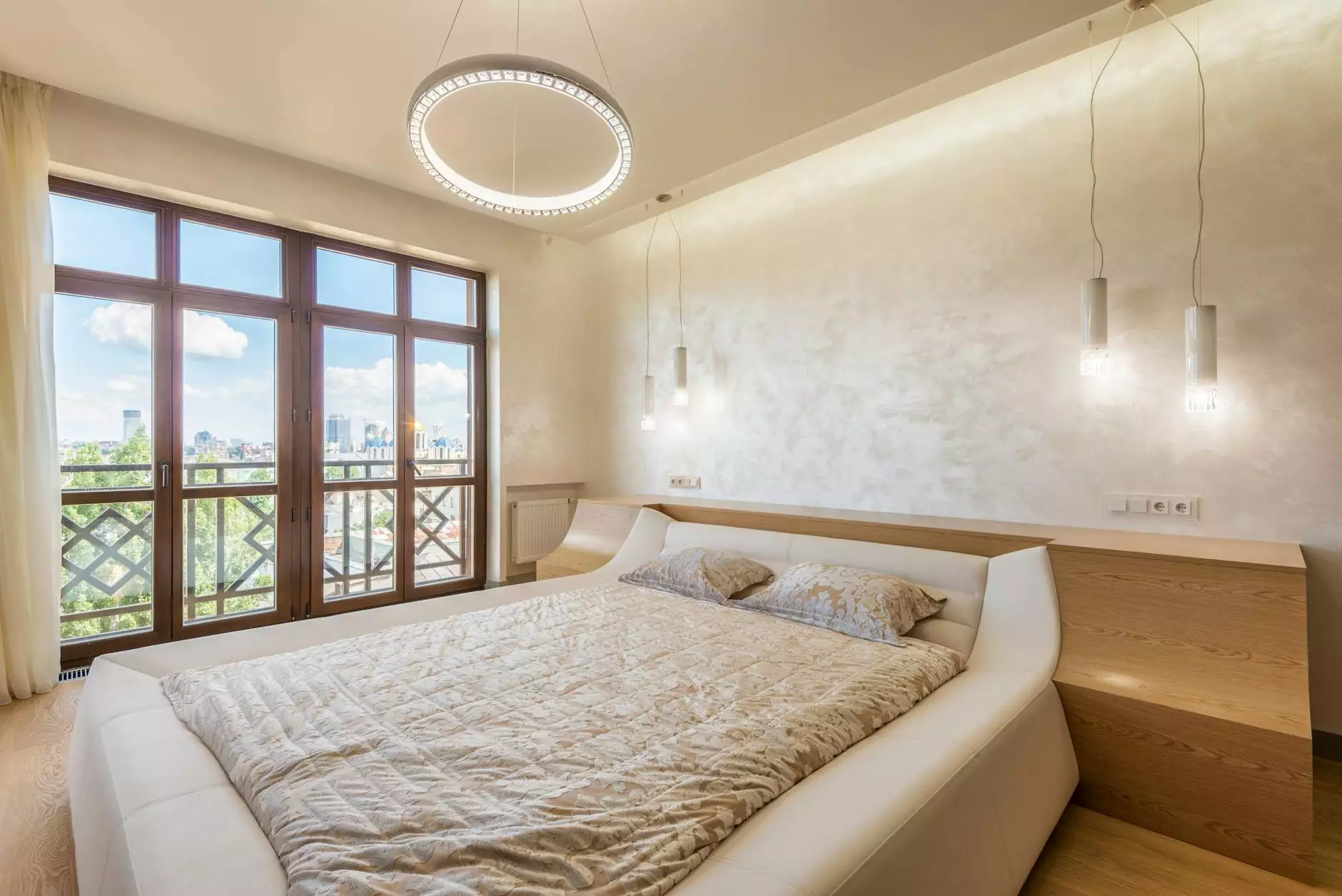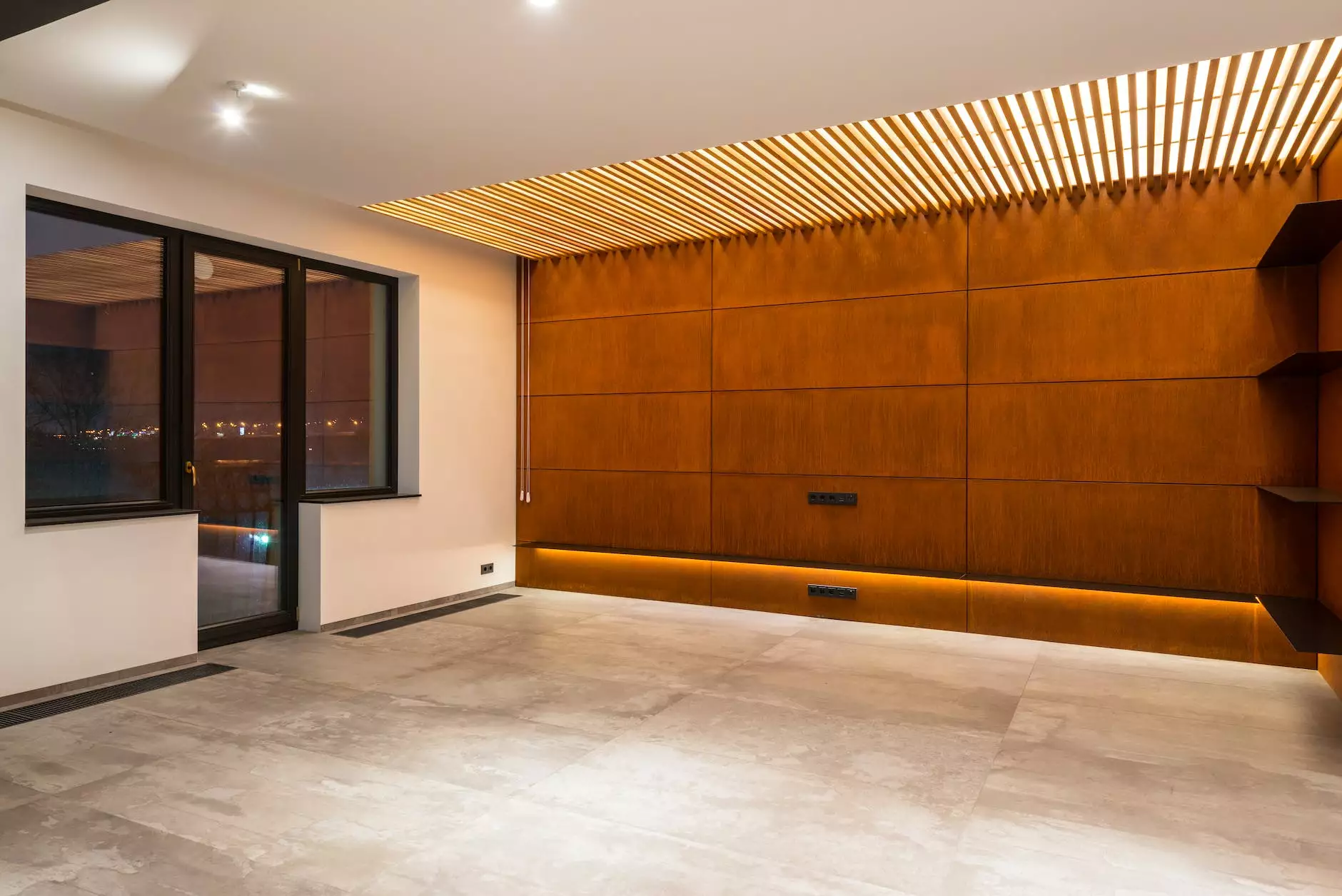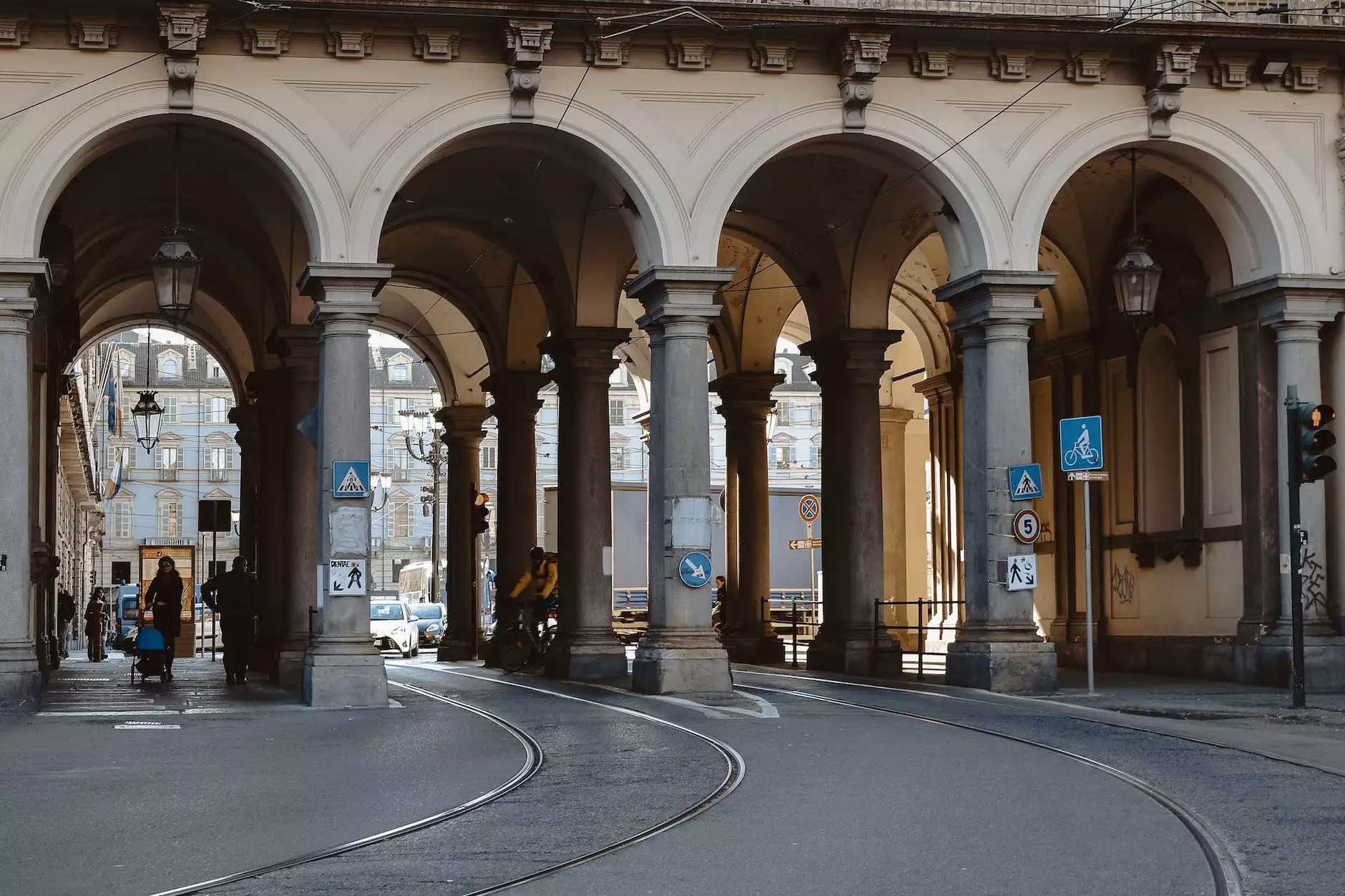What is Volumetric Lighting in Lighting Design?

Welcome to Video Technics' blog article where we dive deep into the fascinating world of volumetric lighting in lighting design. In this comprehensive guide, we will explore the concept of volumetric lighting, its applications, benefits, techniques, and provide real-world examples to help you understand its importance in creating stunning visual experiences.
Understanding Volumetric Lighting
Volumetric lighting, also known as atmospheric or god-ray lighting, refers to the visual effect created when light interacts with particles or atmospheric conditions, resulting in a three-dimensional, voluminous appearance. This effect adds depth, dimension, and realism to a scene, enhancing its overall visual impact.
Applications of Volumetric Lighting
Volumetric lighting finds extensive use in various areas of lighting design, including:
- Interior Design: Volumetric lighting is employed to transform the atmosphere of spaces such as restaurants, hotels, museums, and theaters, enhancing their ambiance and creating a desired mood.
- Architectural Lighting: Architectural structures can be beautifully accentuated using volumetric lighting, highlighting unique features and creating captivating visual effects.
- Event Lighting: Volumetric lighting contributes to the immersive experience in concerts, weddings, and other events by adding drama, focus, and a sense of grandeur to the surroundings.
Benefits of Volumetric Lighting
Volumetric lighting offers several advantages for lighting designers:
- Enhanced Realism: By simulating natural light interactions, volumetric lighting makes a scene appear more realistic, evoking emotional responses from viewers.
- Atmospheric Effects: The use of volumetric lighting enables the creation of dynamic atmospheres and moods, ranging from ethereal and dreamy to dramatic and intense.
- Visual Depth and Texture: Volumetric lighting adds depth, dimension, and texture to a scene, providing a visually engaging experience for viewers.
Techniques for Achieving Volumetric Lighting
Here are some key techniques employed in lighting design to achieve impressive volumetric lighting effects:
1. Light Scattering
Light scattering is the primary mechanism responsible for volumetric lighting. It occurs when light interacts with particles in the atmosphere, such as dust, smoke, or fog. The particles scatter the light, creating visible rays or beams that add volume and depth to a scene.
2. Directional Lighting
Directional lighting plays a crucial role in creating volumetric lighting effects. By positioning light sources strategically and angling them appropriately, lighting designers can emphasize the scattering of light and create visually compelling volumetric effects.
3. Light Intensity and Contrast
Controlling the intensity and contrast of light sources is important for achieving desired results with volumetric lighting. Varying the brightness and contrast levels influences the visibility and prominence of the volumetric effect, enhancing the overall visual impact.
Examples of Volumetric Lighting in Lighting Design
Let's explore a few examples of how volumetric lighting is used in lighting design:
1. Cinematic Lighting
In the world of cinema, volumetric lighting adds depth and helps set the mood for different scenes. Think about iconic moments where sunlight filters through the trees, casting beautiful rays in the forest. These striking visual effects are achieved through the skillful use of volumetric lighting techniques.
2. Architectural Illumination
Architectural lighting designers often leverage volumetric lighting to emphasize the unique features and structural elements of buildings. By strategically placing light sources and sculpting the light beams, architectural structures can be beautifully highlighted, creating captivating visual compositions.
3. Stage Productions
In stage productions, volumetric lighting is crucial for creating a sense of drama, heightening emotions, and guiding the audience's attention. By skillfully applying volumetric lighting techniques, lighting designers can enhance storytelling, bring life to performances, and create memorable visual experiences.
Conclusion
Volumetric lighting is a powerful tool in the hands of lighting designers. By understanding its concepts, applications, benefits, and techniques, you can unlock the potential to create visually captivating and emotionally engaging lighting designs. Whether you seek to enhance the atmosphere of an interior space, highlight architectural features, or create immersive experiences, volumetric lighting opens up a world of possibilities.



